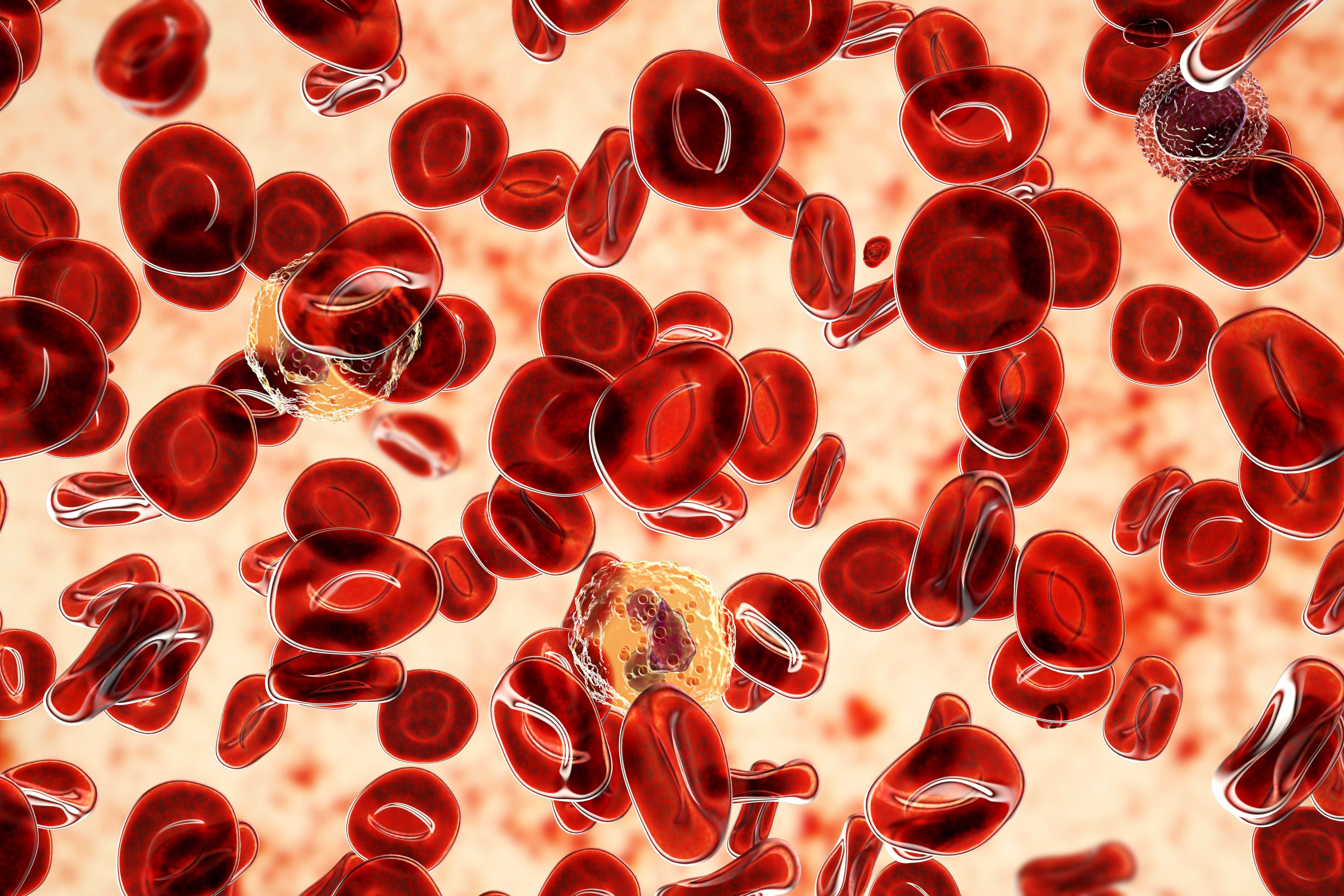Article
Analyzing Worries in Leukemia and Economic Burden in Lymphoma
Author(s):
Two abstracts presented at the International Society of Pharmacoeconomic and Outcomes Research Annual International Meeting highlighted patient experiences in blood cancers. One highlighted the worries of patients with acute myeloid leukemia, and the other analyzed economic burdens and resource utilization for patients with non-Hodgkin lymphoma.
There is an unmet need in acute myeloid leukemia (AML), which is a rapidly progressing cancer in need of new treatments. A recent abstract1 presented at the International Society of Pharmacoeconomic and Outcomes Research Annual International Meeting documented and compared the worries of patients and caregivers affected by AML in order to better inform regulatory agencies.
The authors used a national survey of individuals from the Leukemia and Lymphoma Society. The respondents assessed subsets of 13 worries related to AML and chose which item they worried about the most and the least. These prioritized worries were then compared across 3 groups: patients, caregivers of a living patient, and caregivers of a deceased patient.
The survey included 892 patients, 158 caregivers of living patients, and 122 caregivers of deceased patients. The results showed that patient and caregiver responses were highly correlated. Patients were most worried about dying from AML and the long-term effects of treatment.
There were subtle differences in how caregiver groups prioritized their worries, the authors found. Caregivers of deceased patients were more worried about being a burden and knowing all treatment options and less worried about dying from AML and the overall financial cost of the disease.
“The caregivers of patients with AML generally understand the worries of their patients and are able to reliably prioritize them,” the authors concluded. The subtle differences in how caregivers of living patients and caregivers of deceased patients prioritized worries do merit further investigation, though.
A second abstract2 described costs and health resource utilization among patients with common types of non-Hodgkin lymphoma: diffuse large B-cell lymphoma (DLBCL) and follicular lymphoma (FL).
The investigators used administrative claims data from January 1, 2007, to December 31, 2015, from the US MarketScan (Truven) database. A total of 2767 patients with DLBCL and 5989 with FL were included. Of those patients, 79.9% with DLBCL and 62.4% with FL were treated within 3 months of their diagnosis. Two-thirds (67.5%) of patients with DLBCL and 84.9% of patients with FL were treated with rituximab, ibrutinib, or bendamustine either alone or in combination.
Within 1 year of their diagnosis, patients with DLBCL had total healthcare costs of $15,555 per patient per month compared with $10,192 per patient per month for FL. In addition to having higher costs, patients with DLBCL used more health resources.
References
1. Oakes AH, Seo J, Janssen E, O’Donoghue B, Bridges JF. A comparison of patient and caregiver worries for acute myeloid leukemia. Presented at the International Society of Pharmacoeconomic and Outcomes Research Annual International Meeting. May 22, 2018; Baltimore, MD. Abstract PND159.
2. Galaznik A, Asche CV, Ren J. Economic burden and treatment patterns for patients with diffuse large b-cell lymphoma and follicular lymphoma in the United States. Presented at the International Society of Pharmacoeconomic and Outcomes Research Annual International Meeting. May 22, 2018; Baltimore, MD. Abstract PND96.





